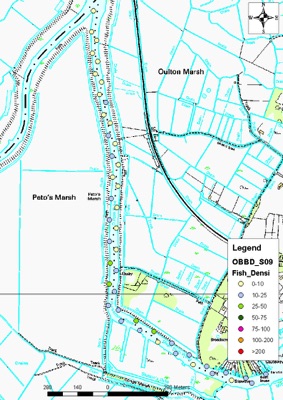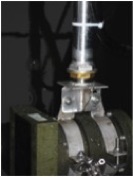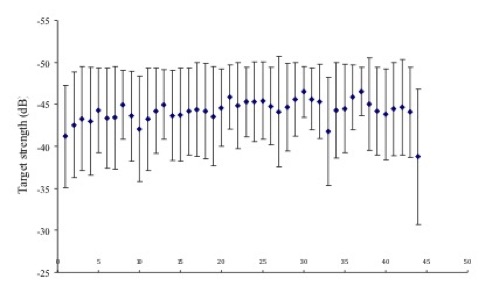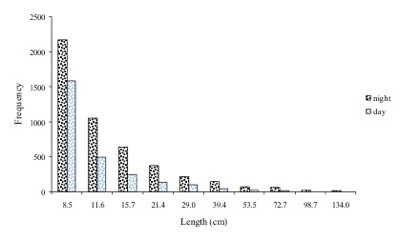
Hydroacoustic and High Resolution Sonar Assessment, ARIS and Didson services:
Hydroacoustics is the method of surveying fish populations utilising sound movements through water. Broadly speaking, hydroacoustics permits monitoring fish movement over large scale environments.
High resolution multi beam sonar is deployed in novel fisheries monitoring and is particularly effective in behaviour studies and fish movement within confined or restricted areas
Within the last decade hydroacoustics has developed into a quantitative and cost-effective method of surveying fish populations in lowland rivers and lakes. Progress in the development of the spilt beam transducer has enabled the practice of horizontal beaming to be used in fisheries surveys where more conventional vertical beaming would not produce reliable results. Consequently, this is the method generally employed on hydroacoustic fish surveys.
Hybrid Video/ARIS Fish Survey




Hydroacoustics can rapidly survey extensive lengths of river within one or two nights, enabling (for the first time) stock assessment of fish at the community level. The surveys are conducted at night, since fish are more evenly distributed throughout the water column during hours of darkness, therefore more easily surveyed when compared to daytime surveys. The resultant data is far more representative from night surveys than from daytime.
Fishtrack are able to provide hydroacoustic surveying of fish populations incorporating population distribution and target strength analysis.

We survey many waterbodies from shallow lakes to large tidal rivers. We can undertake full surveys, post processing of data and analysis as well as GIS mapping of fish density distribution data and production of final reports
Fisheries habitats can also be evaluated from sonar based technologies, varying from river bed structure to macrophyte species present as well as height and density distribution. Assessment of in-stream structure and its affects upon fish populations can also be evaluated using these technologies.


Fisheries target strength analysis of overall mean target strength illustrates distinct diurnal shifts in fish population distribution.
Length frequency analysis, derived from target strength analysis, illustrates increased prevalence across all size classes in the population.
Hydroacoustic echogram showing fish tracks as well as back scatter during the post processing of acoustic data
Hydroacoustic fish density distribution map illustrates fish 'hot spots' within overall fish distribution during night time survey
Our sonar work is not confined to traditional hydroacoustics as we also deploy high resolution sonar imaging devices such as Dual Frequency Identification Sonar, DIDSON and Adaptive Resolution Imaging Sonar, ARIS. These technologies can be used to identify fish movement and behaviour, down to species level, in daylight or darkness, and in clear or turbid water. The technology is particularly useful in identifying fish behaviour at man-made structures such as pumping stations, outfalls, screens and weirs. We also use the technology for behavioural studies where intervention would otherwise skew the observed behaviours. Recent developments have seen us deploy several differing technologies in a single survey to compile an overall picture not available from a single technological approach.